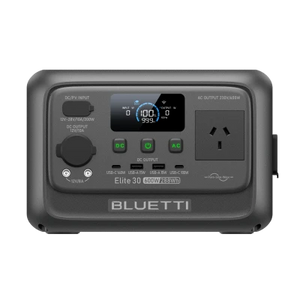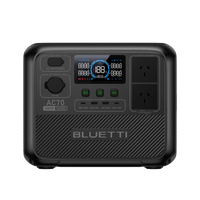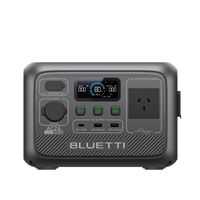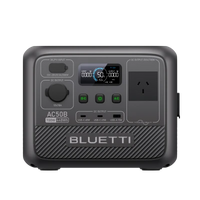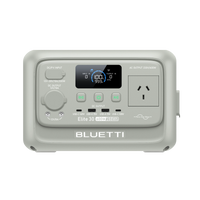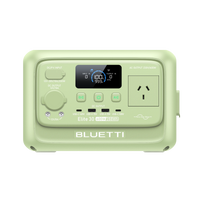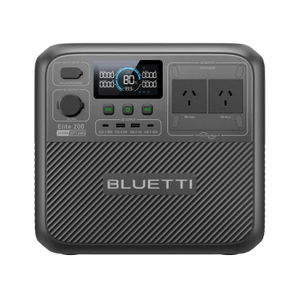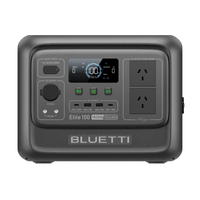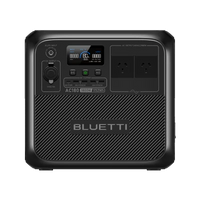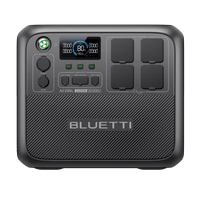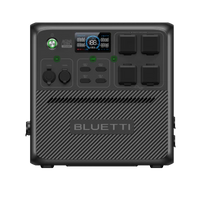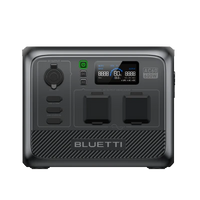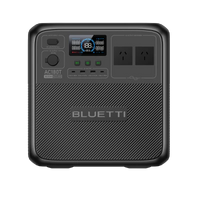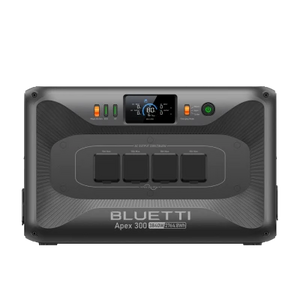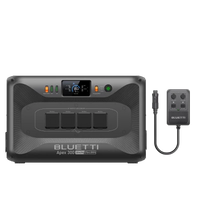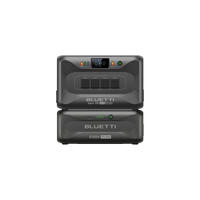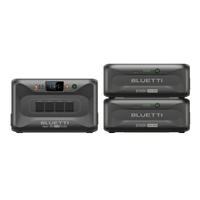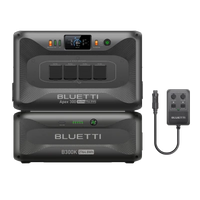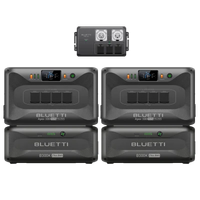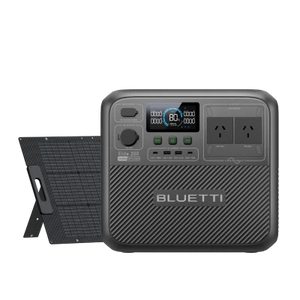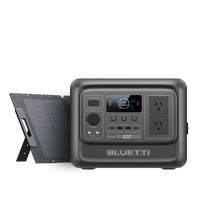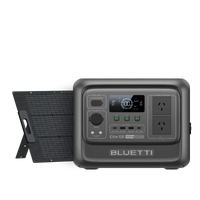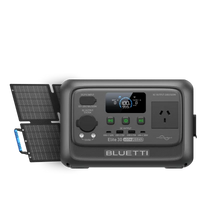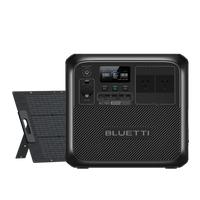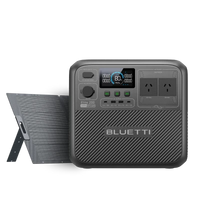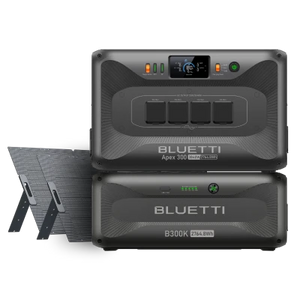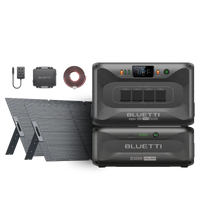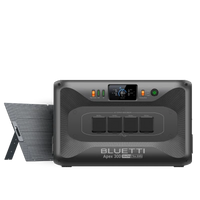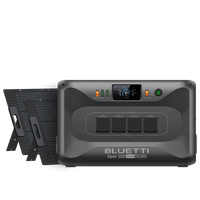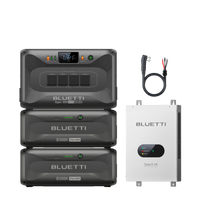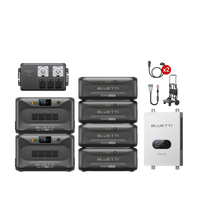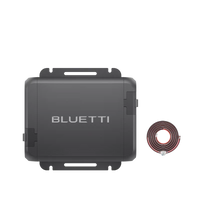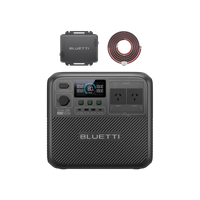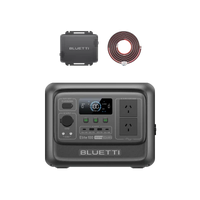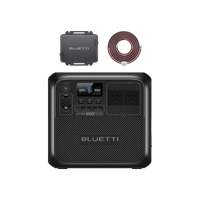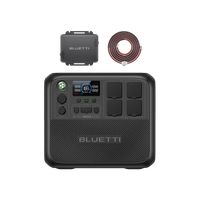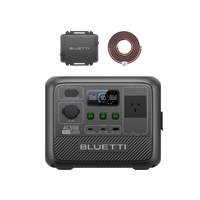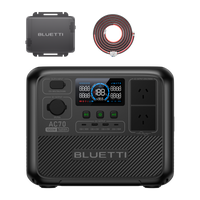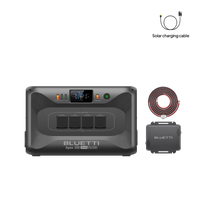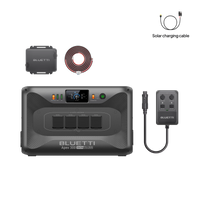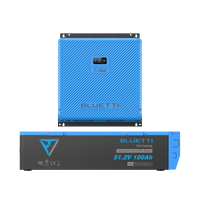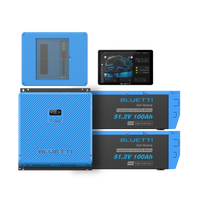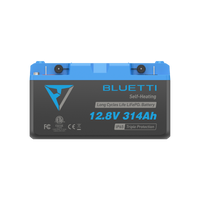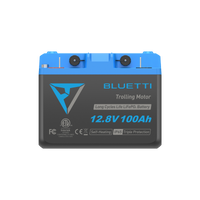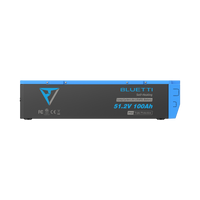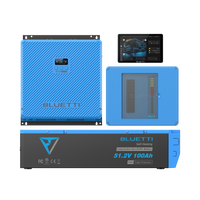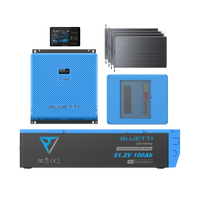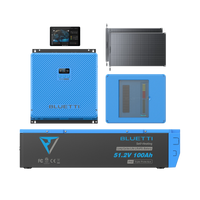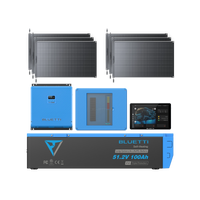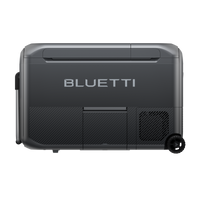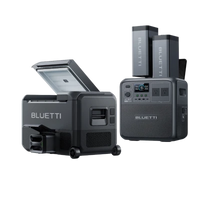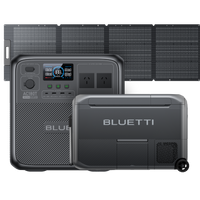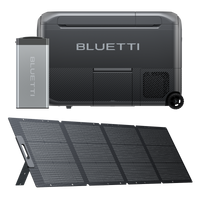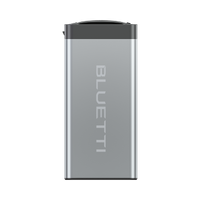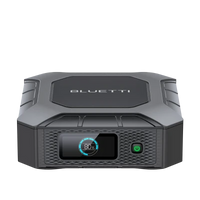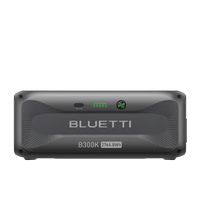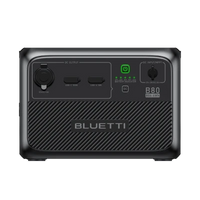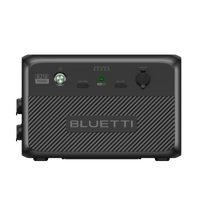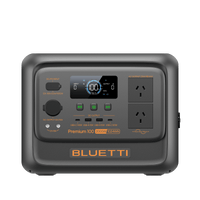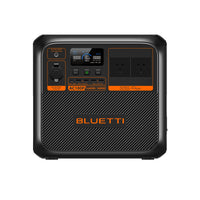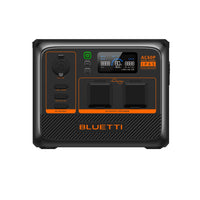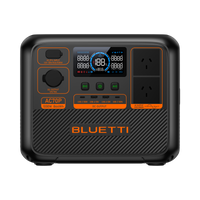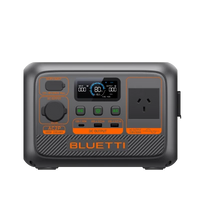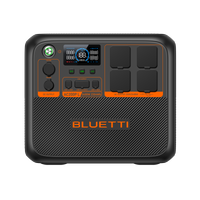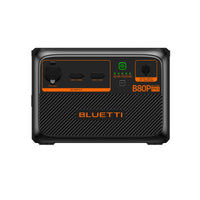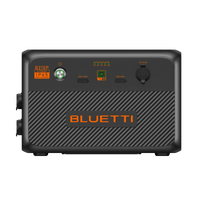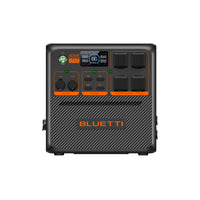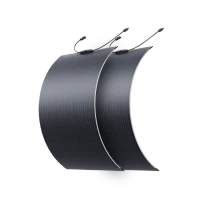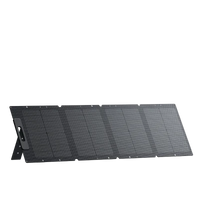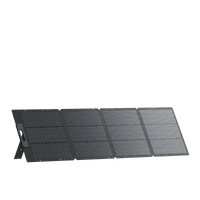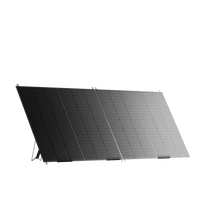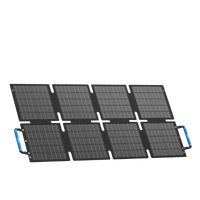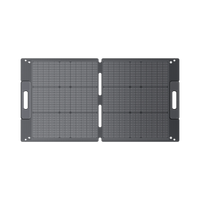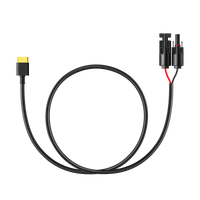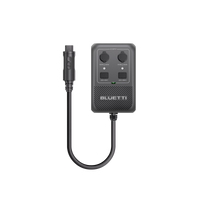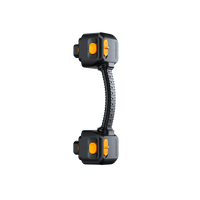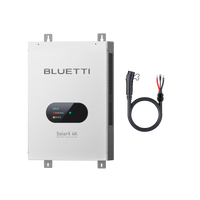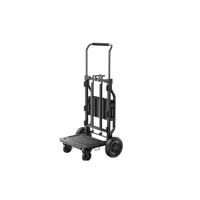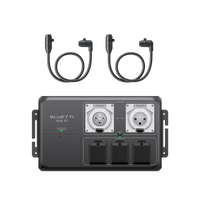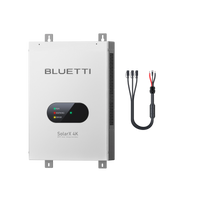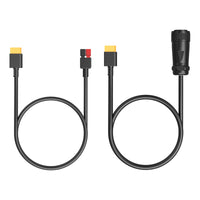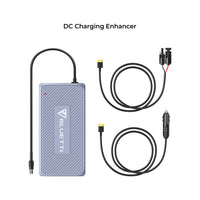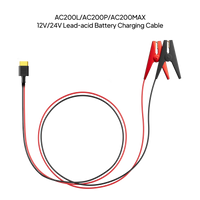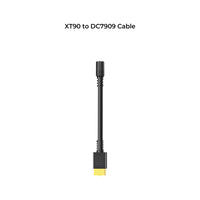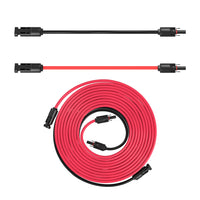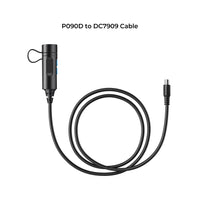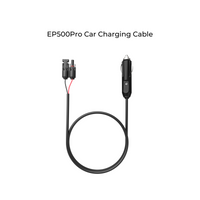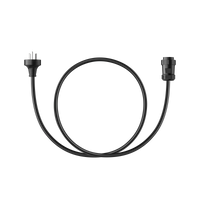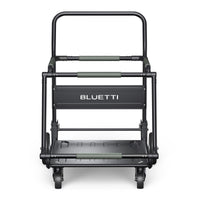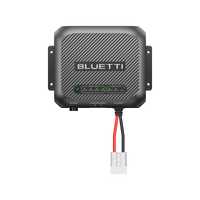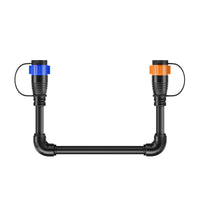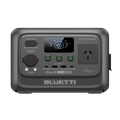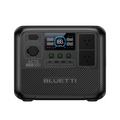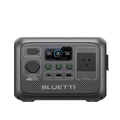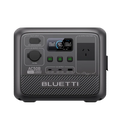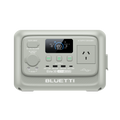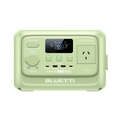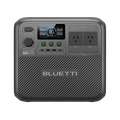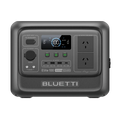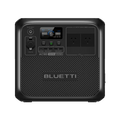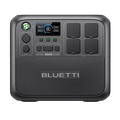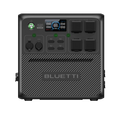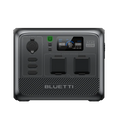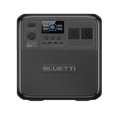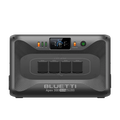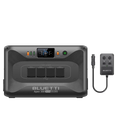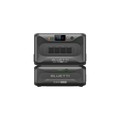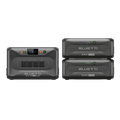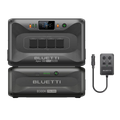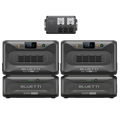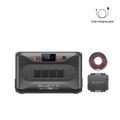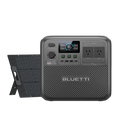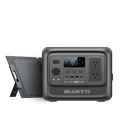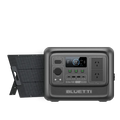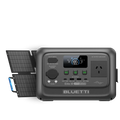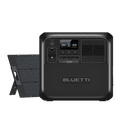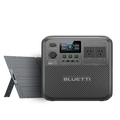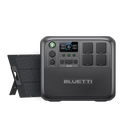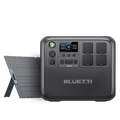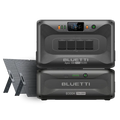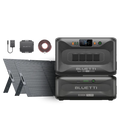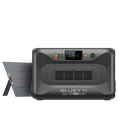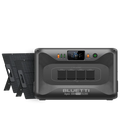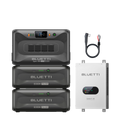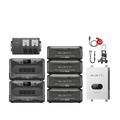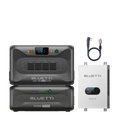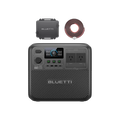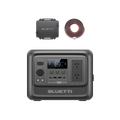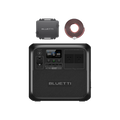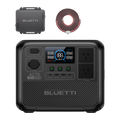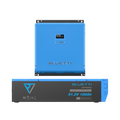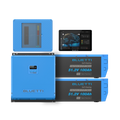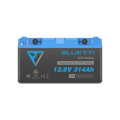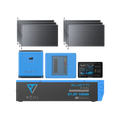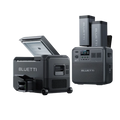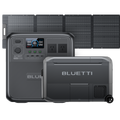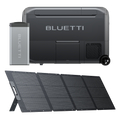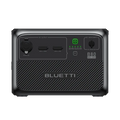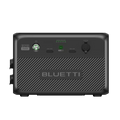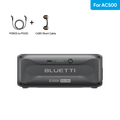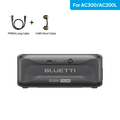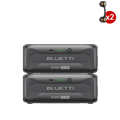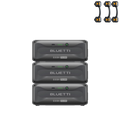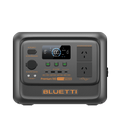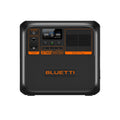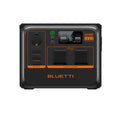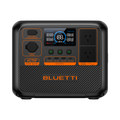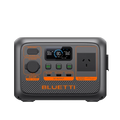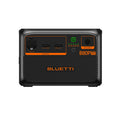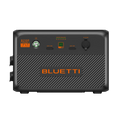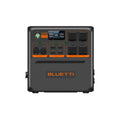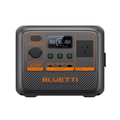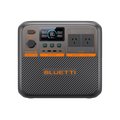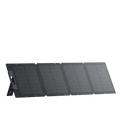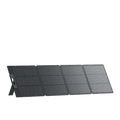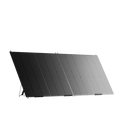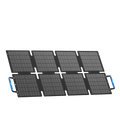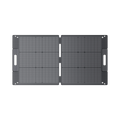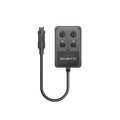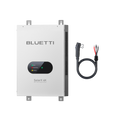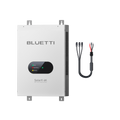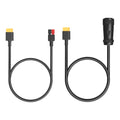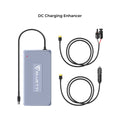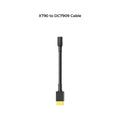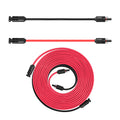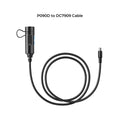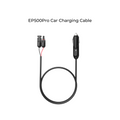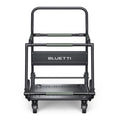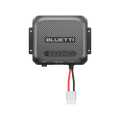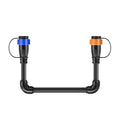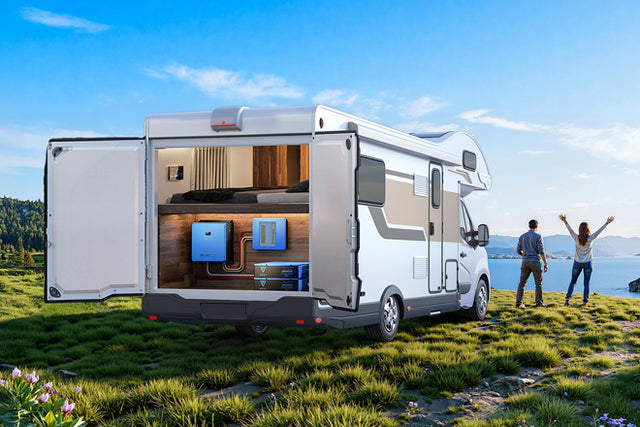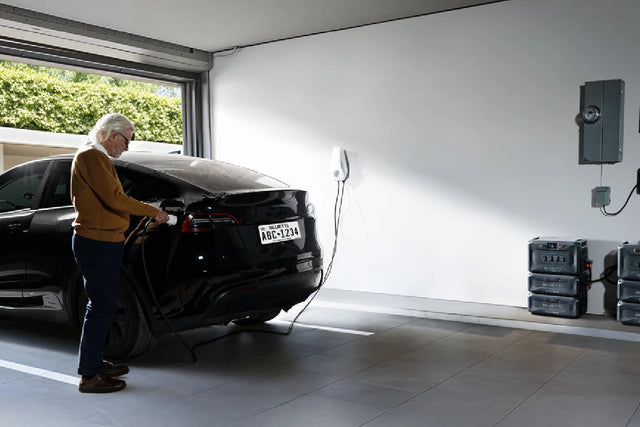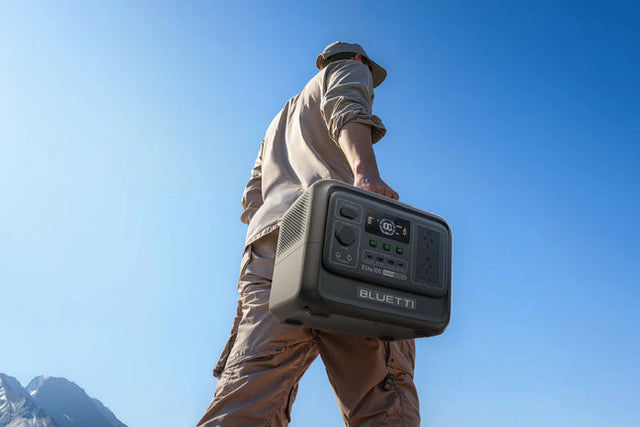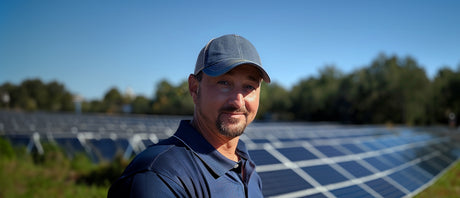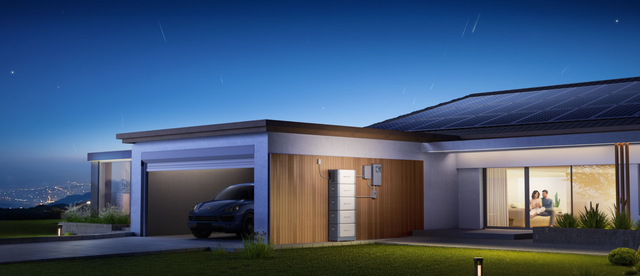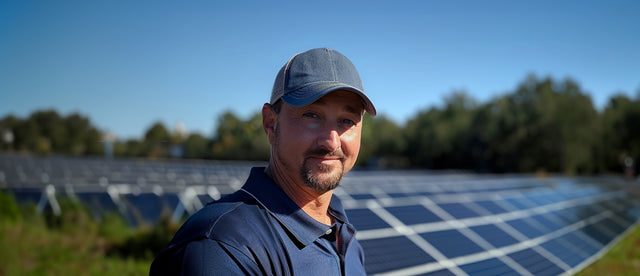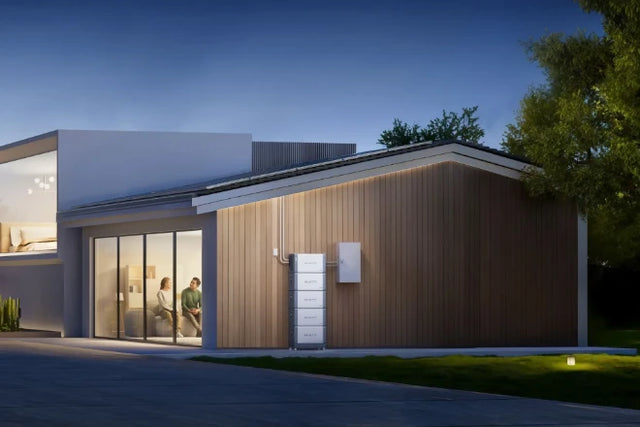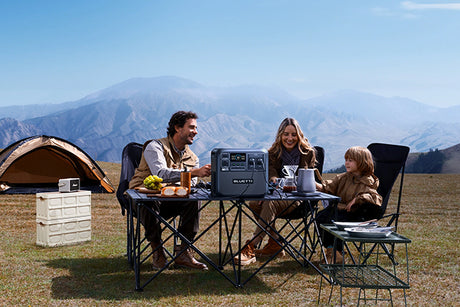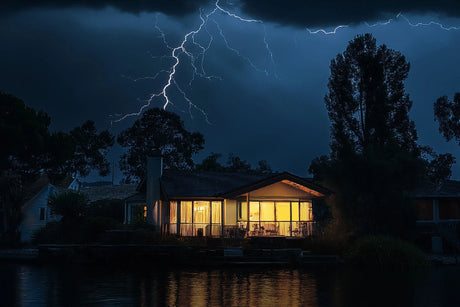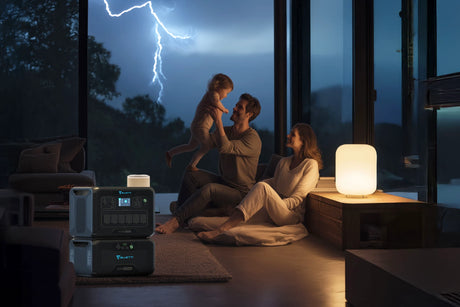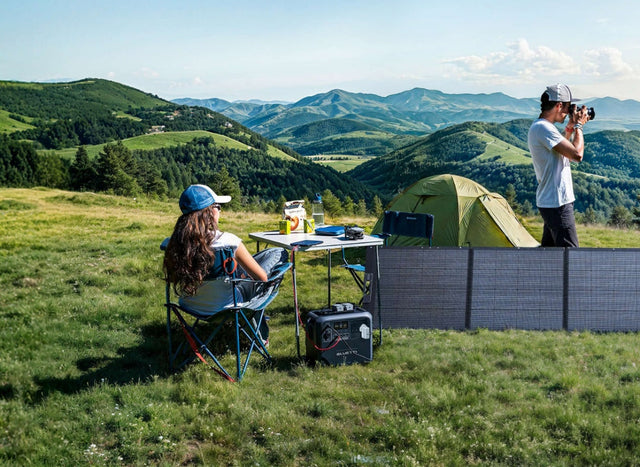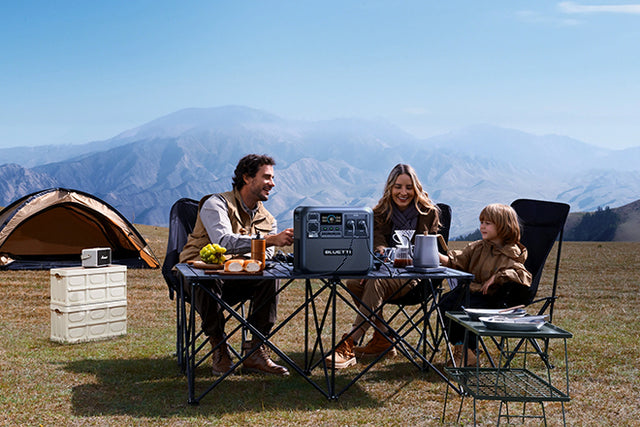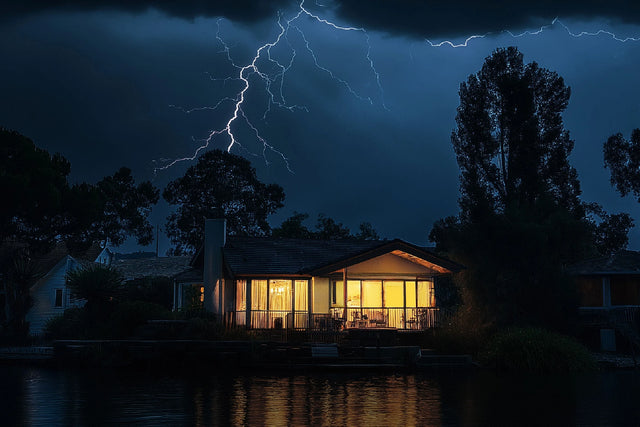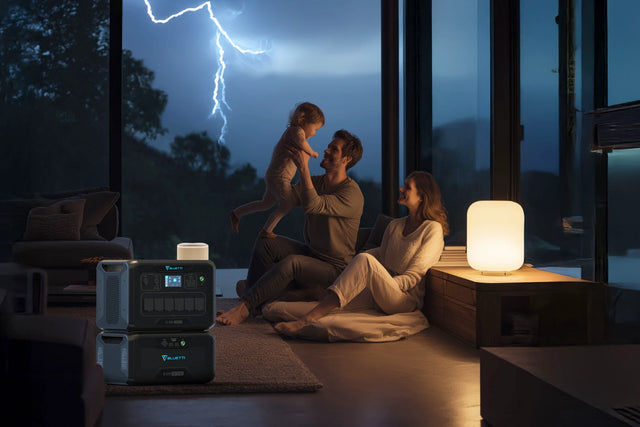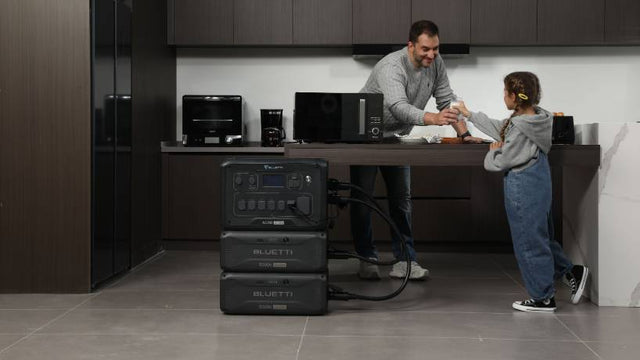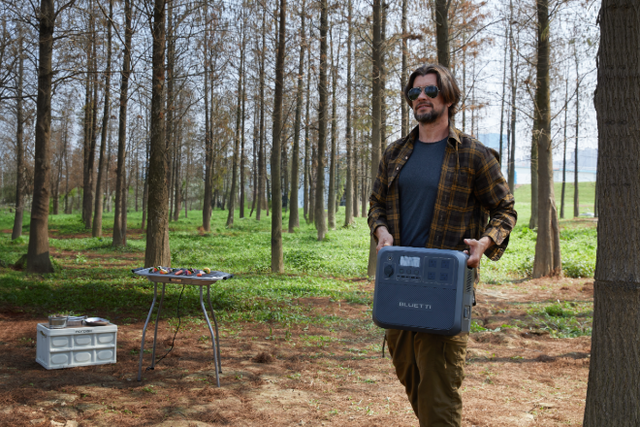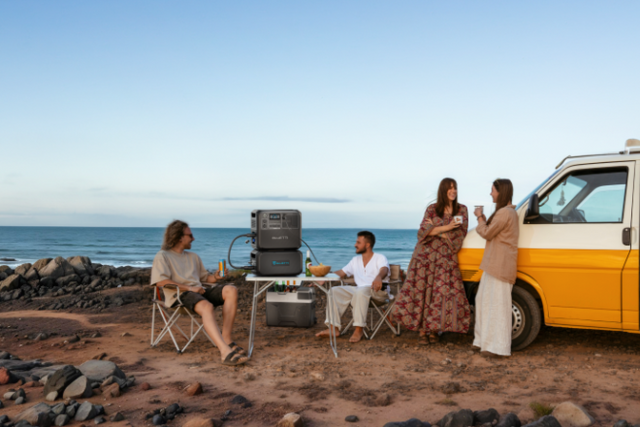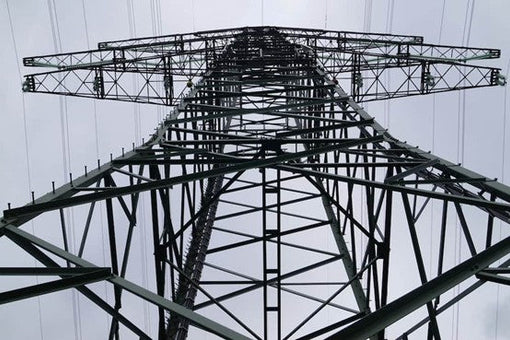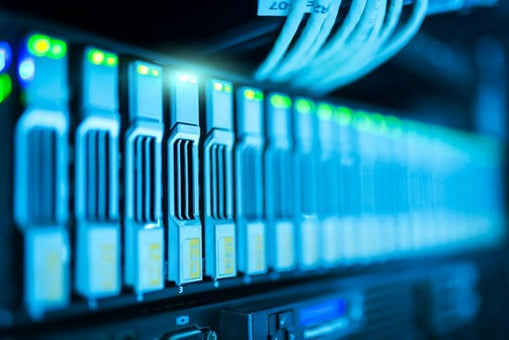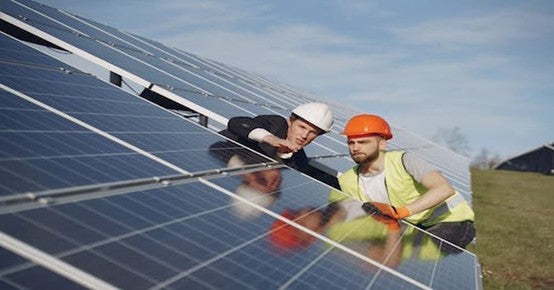Residents of NSW are shifting towards solar panels with batteries. But there’s something new now. A virtual power plant is involved in this process to help solar panels and batteries perform even better than before. By linking homes in NSW through smart software, VPP helps to manage and reduce electricity bills without disturbing the power needs of homes during blackouts. The best part is that VPP is a part of green energy and helps to save the environment. So let’s see what it is and how you can be a part of it.
Do You Know What’s a Virtual Power Plant in NSW?
So, shortly, an NSW VPP is the digital software that is combining thousands of low-scale energy systems. Let me share an example with you so that you can understand it better. Imagine all solar panels and batteries around NSW are connected to a massive system that combines them all, so instead of a bulky generator or system, we can combine small homes working alone for themselves and also contributing to the production of green energy fr thier society.
And this is not just a theoretical example; some trials are running in NSW sponsored by state rebates. Along with the state, some retailers like AGL and EnergyAustralia are also showing interest in this program.
The Basic Components of NSW VPP
Here's the basic systemized procedure:
- The sun hits solar panels, and the panels soak it all in during the day before storing it.
- Batteries, for instance, BLUETTI in the house, store up the rest.
- A smart meter system decides in real time: Will it power my fridge? Sit in the tank for later? Or spill back into the grid for the extra voltage?
Meanwhile, the NSW Government’s Climate and Energy Action also wants to invest money that will contribute to cutting down the costs of bills, strengthening the grid of the state and protecting our environment.
How It Works
VPP is the intuitive basis. Let’s see how it works:
Step 1: Sunshine = Energy
This is the start of any solar setup under the sun out there. Sunlight strikes the rooftop panels and starts to generate electricity. The households use this electricity during the day. Mostly, this electricity is more than the need for some households.
Step 2: Store Not Waste
Your battery stores the power for your later use, instead of sending this elecrticity to gtrid. This powre can be used during night or during blackouts.
Step 3: The Digital Conductor
The VPP software acts like a digital conductor. It balances three things:
1. Your needs first: Lights on, Wi-Fi, air-con on full throttle.
2. Backup reserves: Almost every contract allows you to withhold at least 20%-30% of your batteries for critical situations.
3. Grid stability: If, for any reason, demand jumps statewide, your battery can spit out power that flows in sync with thousands of others.
Now what’s the operating difference? A coal plant might take 10-15 minutes to get on the move, while a battery reacts instantaneously.

Your Role in NSW VPP
Being a part of NSW VPP isn’t for you only; instead by joining this you become a part of a huge system. Dragging yourself back from this system at any point will directly put the load on others causing a disturbance in VPP. If you are still not sure what this means then let’s understand it in detail.
- Installing Suitable Solar Panels: You must focus on the quality and compatibility of your solar panels. This whole system actually starts when the solar panels on your roof begin generating electricity. So the first step is that you must have proper solar panels so you have enough electricity to use and share.
- Selecting A Sufficient Battery: The electricity generated by your solar panels must be stored in a battery so you can use it at night or during times of outages. Tesla Powerwall is a good option as it offers a reliable record plus compatibility. However, if you want to try other batteries then you must go for BLUETTI, LG Chem, or Sonnen.
- Finding A Reliable Retailer: To become a part of VPP you must be signed up with a retailer. You can either go for famous names like AGL and EnergyAustralia, or try to select smaller retailers because they are also offering better service. Your provider is the one who manages the main platform, sends you credits, and makes sure your battery plays its part in the larger network.
- Agreeing on the terms to share your battery: By joining, you give your provider permission to use some of the stored part of your energy on rare occasions during peak demand or emergencies. Most of the time, the contract guarantees a set "backup reserve" that is always kept aside for your own ,home ike, 20-30%.
Think about it as a partnership. You're not giving your battery away; you're lending it to the grid when it matters most regarding stability so that you can earn bill credits, rebates, and payback on your system faster.
Why Join an NSW VPP? Benefits for You
So why would you give over a little control of your nice new battery to an energy retailer? Well, let's see.
Lower Your Bills
This is the one that is going to turn most people around. VPP membership gives NSW households anywhere between $500-$1,000 a year better off due to:
- Credit on electricity bills for the battery power extracfrominto the grid.
- Higher feed-in tariffs than the usual solar exports.
- NSW Government rebates between $1,600-$2,400 to assist in financing the upfront cost for batteries.
Help the Grid
You add on value to the VPP because the home battery is now more than your own personal battery backup. This makes all the difference when it comes to curtailing power during heatwaves, storms, or sudden demand spikes. The best part? When VPPs prevent the use of expensive, fossil-fuel “peaker plants,” they help drive down costs across the board. Even people who aren’t in a VPP benefit indirectly.
Go Greener
Every kilowatt-hour generated and shared doesn't come from coal or gas. In fact, VPPs, among some other smart ways in NSW, ensure that new renewable energy targets can be met at the rooftop level without wasting that solar energy.

Joining an NSW VPP
So now you have an idea about the program. Now, let's see how you can join NSW VPP.
Are You Really Eligible or Not?
If you have a solar panel on your roof and a battery in your home, this doesn’t mean you can join VPP. You need to understand a few things:
Solar Panels Installed on Your Roof It’s obvious that you will need the panels to generate the electricity that could be transferred and added to the electricity system of NSW. However, check for the next steps to know if you qualify for them all.
Compatible Battery to Store Electricity (2-28 kWh capacity) The battery makes usage possible for the VPP; your solar would create surplus electricity during the day, which goes to battery storage. Your provider utilizes this capacity to draw power when the grid is strained at night. The most important part is checking that your battery is on your provider's "approved" list.
A smart meter There is a requirement for a smart meter to make the VPP work, as that would allow measuring, in real time, how much power you get (and how much energy is being stored or exported).
Reliable internet connection VPPs are standing on the basis of cloud communications. The system orchestration software always needs to keep track of the status of your battery. If your Wi-Fi is patchy, you'll want to fix that; otherwise, your participation could be limited.
Homeowners and renters If a tenant had a house fitted with panels and the landlord agreed, then that tenant could also join. In fact, many forward-looking landlords see this as boosting the value of their property while giving their tenants lower power bills.
Steps to Sign Up
So, you've decided to sign up. Here is the step-by-step guide for your convenience:
1. Collect Quotes from Licensed Installers
That is the starting point. Even with panels and, probably, a battery, you also have to have it seen by an accredited installer (Clean Energy Council-approved in NSW) for the current assessment of your site.
What they will validate:
- Output and condition of solar panels - Is your panel output sufficient to justify a connection?
- Battery sizing - Do you have sufficient storage for participation to be worth it?
- Wiring and meter - Is your system ready for communication with the VPP software?

https://www.pexels.com/photo/field-of-a-solar-panels-15751124/
2. Confirm Compatibility
You may have a battery, but this does not mean that it will integrate well with a VPP. Generally safe bets include the Tesla Powerwalls; they have quite a bit of support. But others are beginning to join in as well.
- BLUETTI EP760 - Home Modular Backup Solution provides long-term reliability, scalable storage to grow with your household energy needs.
- BLUETTI Apex 300 - Smallest yet powerful power stations. It can store energy for small-scale storage or serve as an emergency backup connected to solar panels.

Tip: Always ask the provider for their official compatibility list before you sign anything.
3. Choose a Provider Wisely
There are numerous providers in NSW but you must select the one who fits your needs. Here are a few popular names:
- AGL - They offers stability, and solid VPP plans so users can take maximum advantage of VPP.
- EnergyAustralia - Incase you want competitive provider on tariffs and household credits then you can go for this one.
- ShineHub et al. - This one is a smaller provider. However they sometimes offer more generous credits or flexible contract terms.
Tip: Dig deeper into claims such as "Save $X per year" and ask:
- What is the minimum contract length?
- What happens if I move house?
- How fast are bill credits applied?
4. Check the Contract (Don't Hurry This Part)
This is what causes people to trip most of the time regarding VPP contracts. A VPP contract is more than just fine print; it dictates how much control you retain over your battery.
These are a few things that must be focused:
- Reserve Electricity for Backup: Check how much electricity is being saved for your own home use during blackouts. Most of the providers allow a 20%-30% backup; however some are more strict on this.
- Exit Fees Scenario If You Move Early: Whether you are selling your home or moving somewhere else, you must know how much exit fees you’ll have to pay. Some contracts can go up to $1000. So you need to be very curious about this.
- What’s the Minimum Length of Contract? Find out the time for which you’ll be stuck with the contract. It shouldn’t be too short, nor too long.
- How Much You Will get? If your battery is exporting electricity to the grid, you must know how much associated credits would you keep, and how much can you benefit from the provider.
Tip: Ask providers to take you through a sample bill. This is the easiest way to see how credits, tariffs, and usage actually play out in dollars and cents.

Costs and Savings
Here is the financial reality:
- Battery + installation: $8,000 to $15,0dependingpend on the size and brand).
- Rebates: $1,600 to $2,400 back by the NSW Government.
- Payback period: Approximately 5 to 8 years while incorporating VPP credits, bill savings, and increasing electricity prices.
NSW VPP at a Glance
|
Aspect |
Details |
What to Check |
|
Hardware |
Solar panels, battery (2–28 kWh), smart meter |
Is your battery on the provider’s list? |
|
Upfront Cost |
$8,000–$15,000, minus $1,600–$2,400 rebate |
Compare multiple installer quotes |
|
Annual Savings |
$500–$1,000 (credits + reduced bills) |
How generous are your provider’s terms? |
|
Grid/Environmental Impact |
More stability, fewer blackouts, less coal |
Contract backup reserve & exit fees |
Things to Watch Out For
Here are the cons that you must know.
Batteries in Danger of Wear and Tear
Your battery is cycled a little more with a VPP, inducing some extra wear on it. The modern battery is built to handle this. A Tesla Powerwall comes with a 10-year warranty, even on normal usage in a VPP.
Contractual Terms
Here is the biggest deal. Once signed, you would effectively allow the sharing of control of your battery with the scheme; hence,
- It could be pulled to the grid when demand peaks.
- You may not always have total power over when to discharge.
- The backup reserve percentage may differ from contract to contract (20-30%).
- Exit fees can be a bit more if you want to get out early.
There Will Be Difficulty in Installing
Compatibility is extremely important; however, not all batteries are compatible with VPPs or certified installers. Be absolutely certain to verify that:
- Your provider has clearance to use your choice of battery.
- Your installer is recognized by the Clean Energy Council.

Is an NSW VPP Right for You?
Not all houses have the same payoffs from joining a virtual power plant. The wins mostly depend on your solar generation, when you consume your energy, and, also importantly, on how big the battery is. A quick self-assessment now will tell you if it all adds up or whether you are better off waiting for a bigger rebate or another plan. The following are some measures to check whether you are a good fit for NSW VPP:
Assess Your Energy Use
Big daytime users (working from home, large families, heavy on appliances) typically see the most gain. If your panels produce more than you use, a VPP is a way to monetise that excess. You can give excess energy to the grid by joining NSW VPP.
Compare Providers
Not all plans are created equal. Some retailers offer generous credits and flexible exit clauses, while others offer nothing. Always compare the following factors before getting a provider:
- Supported battery models.
- Annual credits.
- Contract length.
- Backup reserve guarantees.
Think Long-Term
Electricity prices are volatile, the batteries are evolving quickly, and NSW might launch bigger rebate programs in the upcoming years. Make sure to invest in good batteries. Joining now locks in the benefits, but always keep an eye out for changes.
What’s Next for NSW VPPs
This is far from the end of the chapter. The movement of NSW Virtual Power Plants is practically just at the starting line. So far, the real focus has been on solar panels, home batteries, and some software, but soon these plants are going to get very ambitious. Here is a sneak peek of what's coming.
Smarter Technology
Today's VPPs are already quite impressive, but the future iteration will depend on AI and predictive analytics. Imagine software that doesn't react to grid demand in the moment but forecasts it hours or days ahead. That means your battery could be charged or discharged at the times most worth to you.
Real-World Incentives
Let’s be real; rebates and credits are what get most households over the line. NSW already has battery rebates of around $1,600–$2,400, but the rumors are of even better schemes in the future.
- Larger rebates: In a bid to accelerate adoption, the state could cover an even larger portion of the upfront cost of batteries.
- Inclusion of renters and apartment owners: Currently, VPPs mostly fit independent homes. But while momentum is rising for community batteries and shared systems, allowing rental blocks to plug into the VPP.
- Timing restrictions on incentives: Governments might provide extra credits to households that allow their batteries to assist the grid during peak risk times or storm seasons.
A Growing Impact
VPPs will no longer be based solely on solar and home batteries. We are moving into an era where anything that stores or redirects power will form a network.
- Electric Vehicles (EVs): With the strong push for the adoption of EVs in NSW, vehicles such as Nissan Leaf or next-gen ones with vehicle-to-grid (V2G) tech may work as mobile batteries here. An EV could load up with cheap solar power during the day, and in the evening, send energy back to the grid or even into the home.
- Smart appliances: Fridges, washing machines, and hot water systems would automatically shift when they run to provide the extra jolt to stabilize the grid.
- Community batteries: For suburbs that have a lot of renters or older homes that can't be retrofitted with batteries easily, local community "storage hubs" could act as mini-VPP nodes.
FAQs
How does an NSW VPP help during outages or heat waves?
A VPP pools together thousands of household, battery-based systems that can very rapidly feed their electricity into the grid, thereby stabilizing the frequency of the grid during high-intensity events such as blackouts and reducing the experiences of such disruptions.
Can I join an NSW VPP if I don't have solar panels yet?
Mostly no. Solar and a compatible battery-the compulsory combo. There are a few pilot programs testing battery-only participants, but not many.
How quickly will I be able to start making saves with an NSW VPP?
Most households will receive credits and reductions to their bill in the very first billing cycle after installation and registration.
What is it about, really, that differentiates an NSW VPP from just having solar and a battery installed?
An integrated system for the whole house incorporates thousands of batteries, coordinating them in real-time to support the grid while still saving your bucks.
Will my bills go without joining an NSW VPP?
Not directly, but indirectly, without the VPPs, the fossil plants are far too numerous in an expensive grid, and this condition will finally increase electricity prices for everyone.
Final Thoughts
NSW Virtual Power Plants are not technology trials but rather the shape of things to come. They are designed to bring in real savings at the household level while keeping the grid alive without, importantly, polluting it.
But then, there are conditions attached to contracts that need reading closely, batteries to hand care, and especially the cost to bear upfront, but the benefit is huge. It is, in fact, not only one household that will accrue an $800 savings in a year, but the entire state will change its perception of energy. So, on the next occasion you look up at your roof, ask yourself, is the energy produced purely for your home, or could there be much more?
